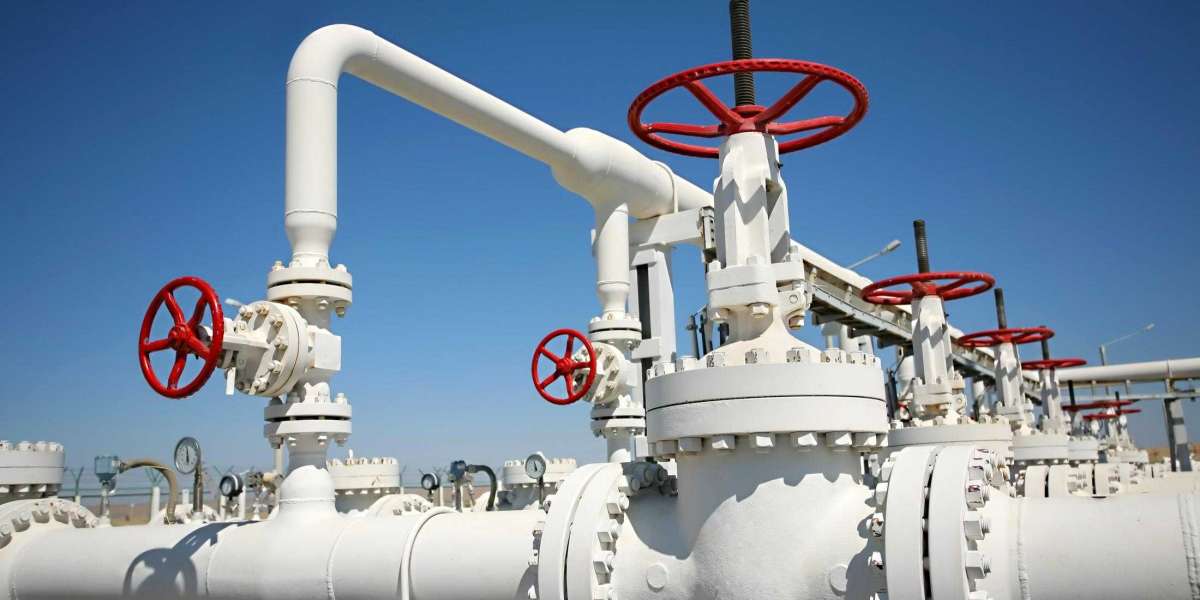The global oil and gas pipeline market is undergoing significant expansion, driven by increasing global energy demand, growing investments in pipeline infrastructure, and the urgent need for efficient and safe energy transportation systems. According to market projections, the oil and gas pipeline market is expected to grow at a compound annual growth rate (CAGR) of 8.3% between 2025 and 2035, reaching a valuation of USD 175.38 billion by 2035. This forecast is based on an estimated market size of USD 84.23 billion in 2025.
Request Sample Copy: https://wemarketresearch.com/reports/request-free-sample-pdf/oil-and-gas-pipeline-market/1657
Market Overview
Oil and gas pipelines are the backbone of energy logistics, ensuring the reliable transport of crude oil, refined products, and natural gas across vast distances—onshore and offshore. As the demand for energy rises globally, particularly in developing economies, countries are investing heavily in expanding and upgrading pipeline infrastructure.
Technological advancements in smart pipeline monitoring, corrosion resistance, and safety mechanisms are further fueling the growth of the market. Moreover, the increasing number of cross-border pipeline projects, integration of automation, and digitalization efforts are playing a crucial role in driving market dynamics.
Recent Developments
Pembina Pipeline Corporation's Strategic Acquisition (January 2025)
Pembina Pipeline Corporation successfully closed the acquisition of a 50% working interest in Whitecap Resources Inc.’s Kaybob Complex, under its joint venture Pembina Gas Infrastructure Inc. This move includes a long-term take-or-pay agreement and infrastructure development updates in Karr and Gold Creek, reinforcing Pembina’s midstream capabilities and market footprint.
Sunoco Acquires NuStar Energy (May 2024)
Sunoco’s acquisition of NuStar Energy marked a major strategic expansion. This deal added over 15,200 kilometers of pipelines and 63 terminal facilities to Sunoco’s network. The move is projected to save $150 million in operational costs within three years and significantly boost its terminal and pipeline operations.
Key Market Drivers
Growing Global Energy Demand: Industrialization and urbanization in Asia-Pacific, the Middle East, and Africa are leading to a surge in energy consumption, necessitating robust pipeline infrastructure.
Modernization and Upgrades: Many existing pipelines are aging and require refurbishment or replacement to meet current safety and efficiency standards.
Cross-Border Projects: Projects like the Trans-Saharan, Nord Stream, and TAP pipelines highlight the importance of cross-border pipeline networks in global energy security.
Digitalization Automation: Smart pipeline solutions offer real-time data analytics, leak detection, and performance optimization, reducing downtime and environmental risks.
Market Landscape and Structure
Executive Summary
The market report offers key insights and growth projections for stakeholders. With strategic developments like mergers and pipeline expansions, stakeholders can anticipate a dynamic, opportunity-rich landscape.
Market Landscape
This section of the analysis includes PESTEL Analysis, Value Chain Mapping, and highlights investment pockets. It explains how regulatory frameworks and geopolitical shifts are shaping market direction.
Competitive Landscape
The market features prominent players such as Tenaris, Chevron Corporation, TMK Group, NIPPON STEEL ENGINEERING CO., LTD., NOV Inc., ConocoPhillips, TechnipFMC, SUBSEA 7, Shell, and Welspun. Competitive benchmarking helps understand positioning, innovations, and growth strategies.
Segmentation
The market is segmented by type (oil pipelines, gas pipelines), application (onshore, offshore), and region. The offshore segment led the market in 2022, thanks to increased deep-sea drilling projects and offshore production units.
Regional Insights
North America held the largest share in 2024 due to advanced infrastructure, shale exploration, and cross-border pipeline projects. Regions like Asia-Pacific and the Middle East are expected to exhibit significant growth due to increasing investments and strategic energy plans.
Analyst Viewpoint
The pipeline industry is evolving into a smarter, safer, and more sustainable infrastructure sector. Analysts suggest companies focus on long-term contracts, regional partnerships, and sustainability-focused projects to ensure future growth.
Research Methodology
The research adheres to the MORE Principle:
Magnifying Insights
Optimizing Strategies
Refining Solutions







